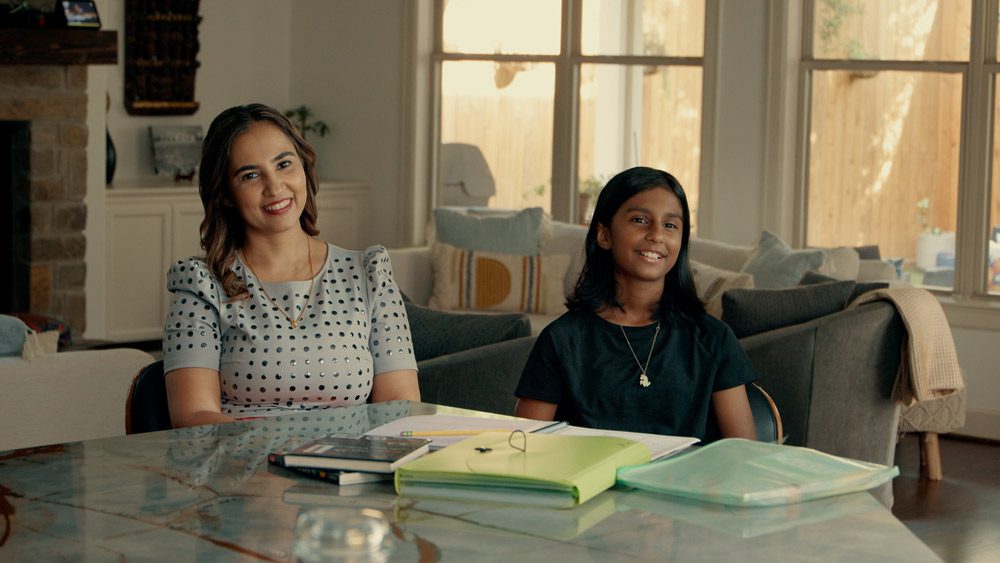Rashi’s job at Dow has two parts.
“One is being Sherlock Holmes, one of my favorite fictional characters. We are in a customer facing function, right? So we get to go out there and work very closely with customers, figure out what their needs would be, not just today, but also medium to long term.”
Many of Rashi’s customers make packaging designed to keep food fresh and help prevent food waste.
“We have customers who come to us for help for all sorts of products. For example, meat and cheese is a difficult application because of the requirements from a shelf-life perspective. You don’t want to buy meat that’s going to go bad, right?”
But her big focus today? Designing products so they can be more easily recycled.

“As part of design for recyclability, our goal is to convert a typical package that is difficult to recycle into a package that is more fit to be recycled.”
As North America Associate Technical Service and Development Director for Films and Sustainability at Dow, Rashi is helping move our society away from “make-use-discard” to “make-use-reuse,” as part of a growing movement toward a “circular economy” for plastic, which she describes as:
“When I can take a material, make it into a package and bring it full circle back into where it started.”
Meet Rashi. One of America’s Change Makers.
While some people view used packaging as waste, Rashi sees a bigger picture.
“Packaging contributes so much to the experience of the consumer, and that’s what fascinates me. Many people don’t appreciate why this is so critical because without the proper packaging, you’re going to see a lot of food waste.”
“And with the recent trend in sustainability, while it’s a tough problem to solve, it is super exciting for the engineer inside me. What I bring to the table is: I think holistically.”
One of her approaches to improving sustainability is to rethink and redesign packaging so we can more readily recycle it.
“Most of us eat potato chips. The thin film of those chip bags can have anywhere from seven to nine layers.”

“Each layer in the bag contributes to a certain functionality that leads to preserving the food. There is a barrier layer because we don’t want soggy chips. There’s another layer which helps keep the bag intact because the edges of the chips are very sharp. When you fill the bag and it’s being transported, it could cause some tear or puncture and eventually the failure of the package.”
Great for keeping food fresh. Not so great for recycling.
“The layers don’t gel with each other very well when recycling. In this format today, these bags are not easily recyclable.”
As we move toward a circular economy, packaging is inexorably changing. For example, Rashi’s team worked directly with one consumer product company to make its granola packaging more recyclable.

“Design for recyclability is enabling recycling of a package that cannot be recycled today in its current form. And that typically means moving from a multi-material package into a mono-material package, which can be recycled.”
“So now you have a single material granola bag that you can buy on the grocery aisle. And that was just one of the examples where we transitioned from a multi-material to single material. Without compromising quality.”
Oh, by the way. The other part of Rashi’s job?
“The other part of my job is being a transformer at work as a people manager. And one of my favorite parts of my job is to play even a small role in people’s careers, their development, helping them see the potential that they have. Sometimes people don’t realize it themselves. That’s what I get to do every day.”
This part of her job is a natural extension of her home life. And her childhood.
“I have an eleven-year-old daughter. I grew up in India being very conscious about the environment and resources. I would love to impart that value to my daughter.”

Daughter Eira:
“When I hear that my mom is making plastic that’s recyclable, it makes me feel better about how we’re treating the Earth.”
Thanks, Mom. (Or Rashi).
We wish Rashi continued success.

